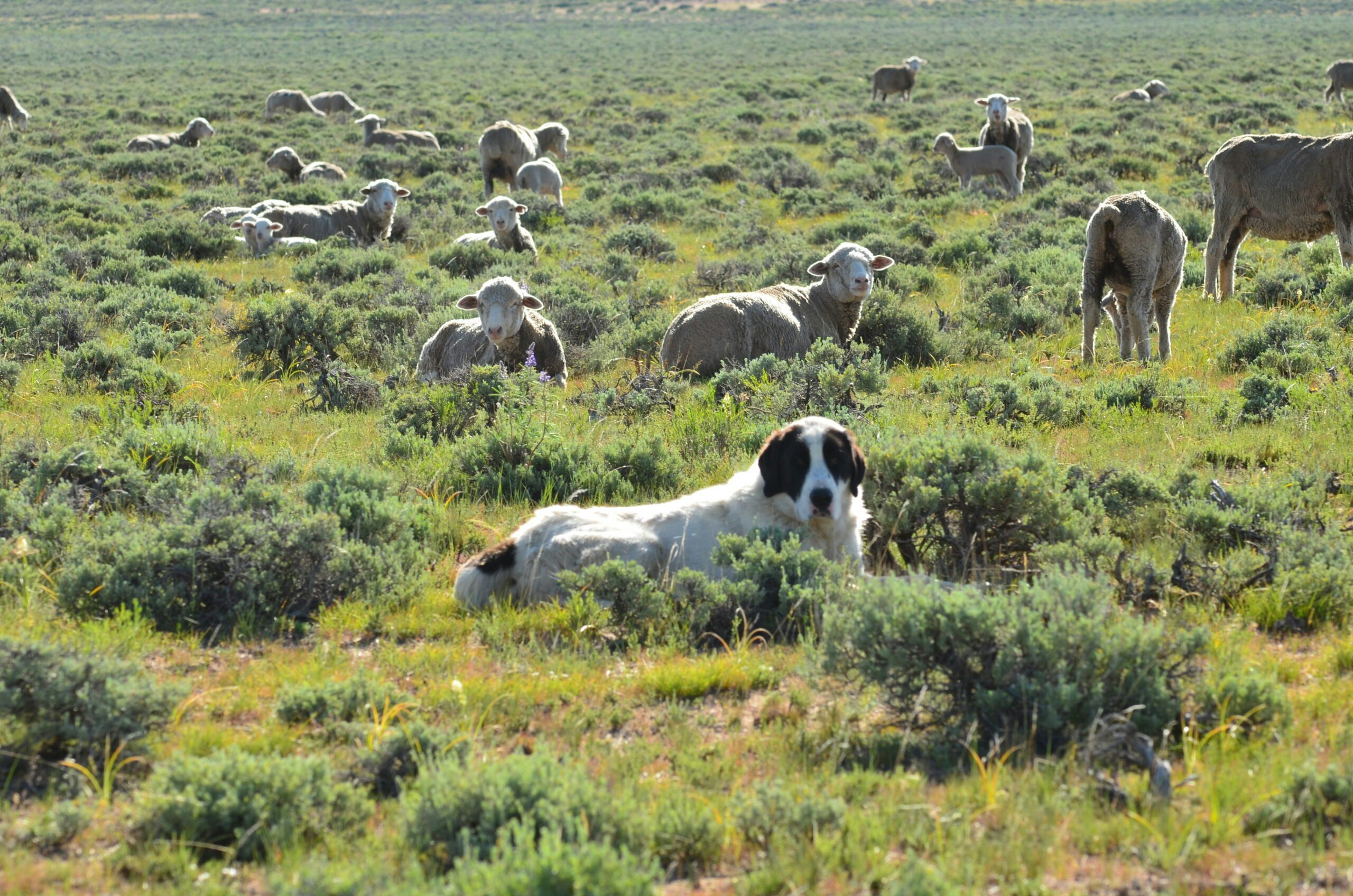The New York Times opinion writer Timothy Egan has done it again, proclaiming in a “Fake Meat Will Save Us” piece that “At a moment when animal-based agriculture is near the top of planet-killing culprits, ditching meat for substitutes, faux or otherwise, is the most effective thing an individual can do to fight climate change….”
Not distinguishing between types of ag operations, Egan complains about animal agriculture, while conceding that the new meat alternatives that will save humankind “are highly processed Frankenfoods hatched in a lab.” But hey, at least industrial ag isn’t as bad as the current president, which Egan calls “the worst threat to the planet now.” Given his political agenda and tendency to exaggerate, it’s hard to take Egan seriously. But his column is a reflection of some troubling public policy questions.
When I read about global-scale food and agriculture policies, my mind most often goes to the people of rural Africa, and I question how that policy or advance in technology will help my friends in that landscape. Most often these policies and new technologies are advanced and touted by elitist white men inhabiting cities in industrialized countries.
These people know nothing of cattle and sheep production on the western range, of migratory livestock herds in Africa, or even that meat production occurs outside of feedlots, and that not all animal production is done on an industrial scale. That there are people all over the globe who live close to nature and know how to feed themselves doesn’t receive a thought.
When Egan writes that it takes 660 gallons of water to create a burger, I realize that a person who would advance such a notion has never looked at an African cow and how it is raised.
The current view that new food technology will be our salvation results in a drive that pushes the human population further away from nature and away from a reliance on the land to sustain our bodies. When it comes to food production, it’s a predictable cycle, with a predictable outcome. I’ve just finished reading a book that is an excellent study for those of us who tend sheep but would hold little interest from most of the general public called The Art & Science of Shepherding: Tapping the Wisdom of French Herders, edited by Michel Meuret & Fred Provenza.
The book sketches the history of agriculture in southern France. Until the second half of the nineteenth century, sheep raising in southern France was not for wool or meat production, but for the production of sheep manure to maintain fertility in two-year cereal crop rotations.
Most flocks were wethers that were not slaughtered until they were four or five years old. Later agricultural modernization resulted in the view that rangelands were worthless, as producers turned to “new, high-performance animal genotypes, which require a standardized, nutrient-rich diet for meat or milk production.”
Scientists advised that productive herds be kept indoors or on forage crops where ration optimization could be calculated, based on feed value tables. As ag operations became specialized, they became concentrated on arable lands, and rangelands were abandoned or planted with trees.
What was lost in the process? Shepherding skills, and the knowledge of the natural world. Industrialized agriculture in France resulted in ag production growing by 250 percent from 1954 to 1992, and farm labor productivity increased tenfold, while the farm population declined to a quarter of its former size.
Within a few decades, southern France’s countryside had lost its diversity of meadows, forests and grasslands, and had become a closed and unmanaged landscape of dense brush and forest, with most human activity confined to the valley floors.
A variety of factors led to the next change, but at last the public and governments took notice of the degraded landscape, abandoned farms, loss of farmers, and noted the need to restore the land. The loss of biodiversity and increased fire hazards could be corrected through traditional livestock grazing.
Livestock could be used as an environmentally friendly way to restore the land, reduce the risk of wildfire, and provide healthy food. At last, the livestock were allowed to be turned back outdoors – and bewildered livestock producers were given financial incentives to do so.
Those former peasants who had herded sheep in the past were suddenly viewed as experts in valuable traditional knowledge, and schools sprang up to help spread this knowledge. The book details the 11 categories of shepherds and goatherders in France, and the various governmental support and structure for these positions. Grazing trusts provide financial support for capital expenditures, including the construction of handling facilities, while other funding may provide for supplies to be dropped on mountain pastures via helicopter.
Public policies, backed by financial support, has livestock producers focused not just on producing a quality meat product, but in providing for a variety of ecosystem functions. French farmers may receive $30-270 per acre annually to provide these ecosystem services.
Half of all the lamb consumed in France is imported, mainly from the United Kingdom and Ireland, and sheep production in France receives support from European Union ag subsidies – which account for more than half of a producer’s net income.
The conservation of nature is a big deal in Europe, and animal agriculture is viewed a key component to maintain outstanding biodiversity. Perhaps the fake meat elitists need to spend some time actually harvesting food grown in nature, rather insist that the public eat something manufactured in a laboratory.
Cat Urbigkit is an author and rancher who lives on the range in Sublette County, Wyoming. Her column, Range Writing, appears weekly in Cowboy State Daily.





